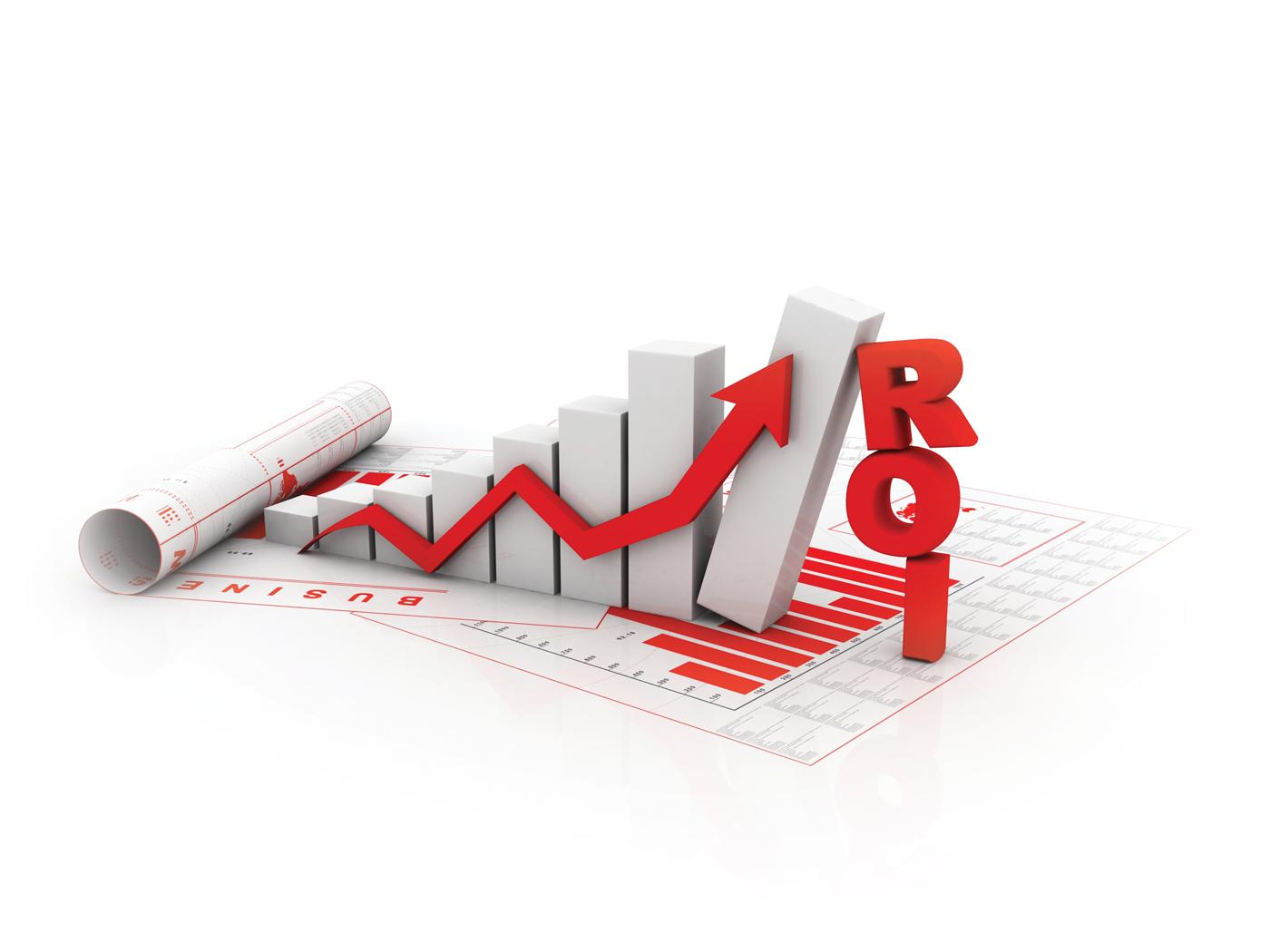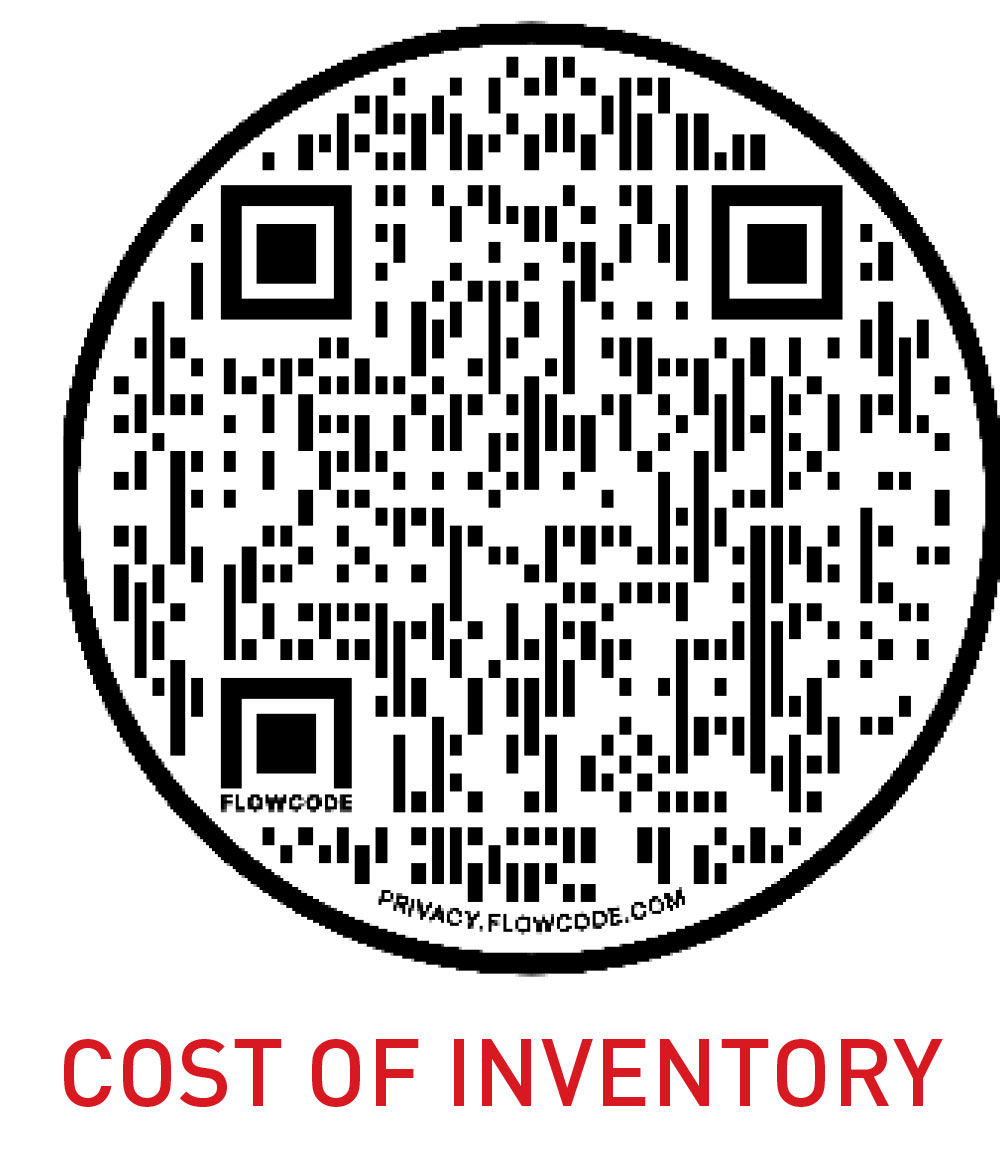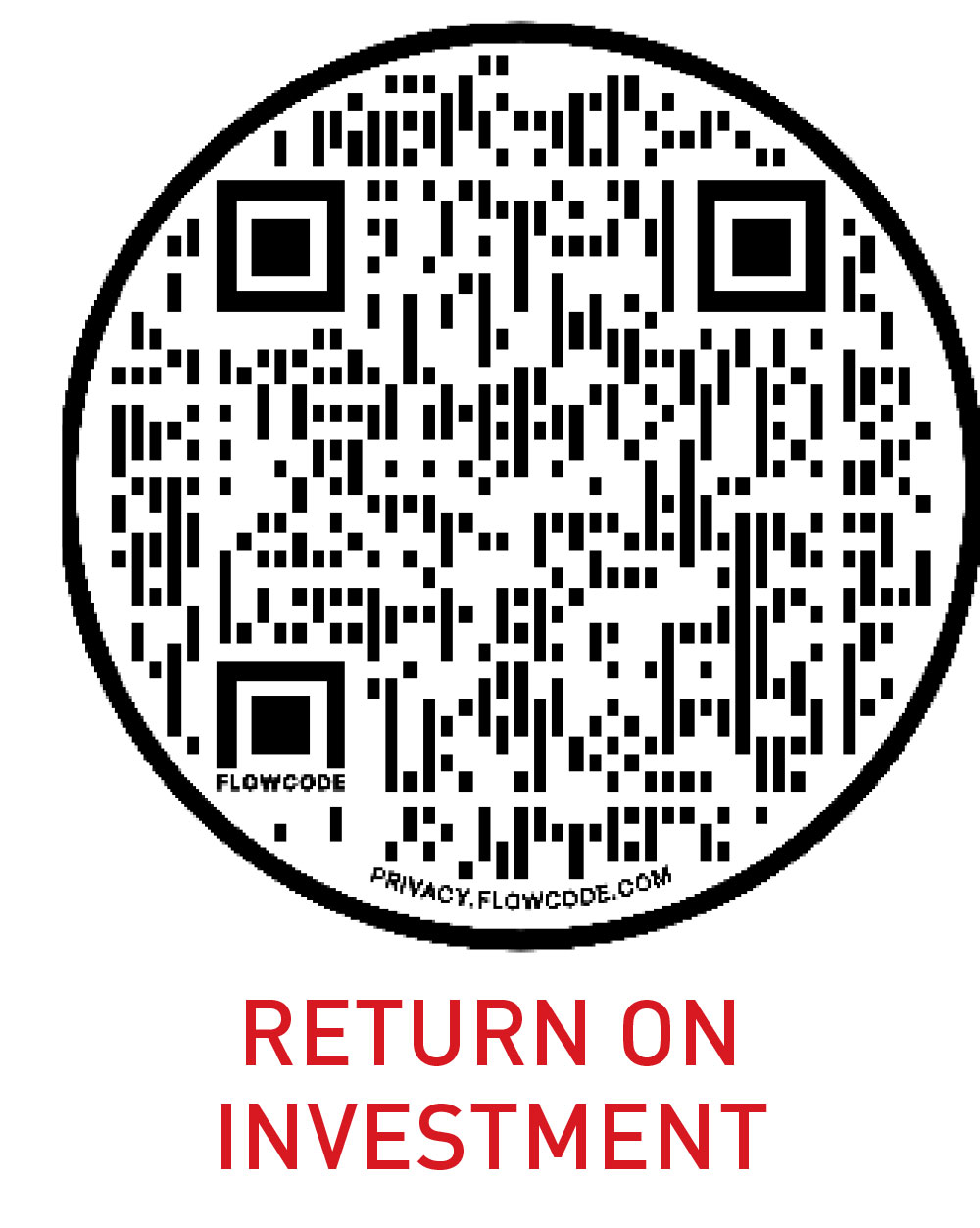Realizing True ROI

Whether preparing to sell your business or reviewing the books, here’s how to get more for your return on investment.
Is your business an investment or a job?
It is a rare experience to find a person within the industry who was not first attracted to racing because of a love for the sport. Who doesn’t want to have their life work be something they enjoy? Perhaps you have heard the expression, “Love what you do, and you will not work a day in your life.”
While that may be true, the business you have chosen should also be looked at in a very different way: as an investment. You have put in money, time, and effort into your business. While your time and effort do not appear on the balance sheet, they are going to appear in the form of money when you get to the point of selling that profitable business to someone.
That component is called, “goodwill” or “blue sky” and is critical to selling a business. It is there because the buyer is purchasing a business with a proven track record with established customers, and the new owner will be selling products and services on Day One after acquiring the business.
None of these advantages exist to the person who is starting a new business. Hence the reasoning for an existing business being entitled to this money.
Analyzing The Balance Sheet
Let’s look at your business from the perspective of today. Take your balance sheet and look at the bottom section. This should be titled equity, stockholder’s equity, or net worth. Without selling the business, this is what your business is worth. Now let’s change the name from one of the three just mentioned to “investment.”
If we were to take that dollar amount and hand it to you, surely you would begin to look for where you could next invest that money. Perhaps you would contact a financial advisor, and during the conversation with this person, you are definitely going to ask about the rate of return on your money that you can expect to receive. You will also ask about the risk factor with the investment. If you are comfortable with their answers, you will allow them to invest your money for you.
But your money is invested in your business. And we would expect you to have a strong level of comfort with your money being there because you are knowledgeable in owning and operating your business.
We should then ask if you know what the return on investment (ROI) is in your business. We have found that very few people have ever looked at their business in this way, but shouldn’t you?
Surely you don’t want to find that you could have made more money by making an investment in something like Apple or Walmart stock, as compared to what you make in your business. With any stock, your investment is going to go up and/or down regardless of what you do. You can’t do anything to make that investment better.
Your business is different. Of course, that means you have to know how ROI is calculated in any investment. You have to know how ROI is affected when any of those components are changed.
It seems logical if you can decrease expenses and your business makes more money, the ROI is going to increase. The same would be true if you were to purchase products or supplies for less money and when you can increase your hourly rate or the prices of the products you sell.
Let’s look at another example. You have tools that you are not using, and you sell them. Then what happens? Something you had sitting in your shop has now been converted into cash. What does that do with your ROI? Better? Worse?
The answer is that there is no change! What was an unused tool sitting on a shelf is now cash sitting in a checking account, and that cash is doing absolutely nothing for you. There might be a feeling that you are pleased with more cash on hand, but the reality is that the ROI on the unused tool and the cash in the checking account is zero.
You can expect a similar situation when we look at the business selling products. If you have products that are not selling, they too have an ROI of zero.
Cost of Inventory
There is a situation we should explore regarding the person who has bought a year’s worth of some merchandise. By that we mean that you have bought so much of an item that it is going to take you a year to sell all that you have. Think about buying 24 of an item at the start of the year. With a year’s supply on hand, that means there are two of them sitting on the shelf doing nothing for 11 months. Look at November and you have four that have sat there for the previous 10 months doing nothing.

You may have received a better price by buying 24 instead of just six, but you have to consider the cost of that inventory sitting on the shelf for so long. That decision should be more than just a guess. To help, we have created this online calculator that can help you make that decision of how you buy.
Performing this exercise can help you increase the ROI in your business.
If the decision is to purchase only six at a time, you are going to find that you have more cash sitting in the checking account. It will be the same with the inventory items that do not move, and you liquidate them.
The cash sitting in the checking account has that same zero ROI. It can only help the ROI if it is in the form of products that you sell.

This is not to suggest that you keep your checking account cleared out. You have to determine the level of cash on hand that is suitable for your business. It does clearly explain that tools not being used, inventory that does not sell, and cash sitting in a checking account cannot do anything to improve the ROI.
Back to that Apple and Walmart stock. You can’t affect their value improving. But you can do more to improve the value of your business. To that point we offer this online calculator that will show you how to determine the ROI in your business as well as show you when you change something how your ROI moves.
Now, in a way you are a financial advisor, and your client is your business. We have observed from those who learn how to monitor their ROI that their business is most often the best possible investment they could make.
 MEMBERSHIP LOGIN
MEMBERSHIP LOGIN JOIN PRI
JOIN PRI


